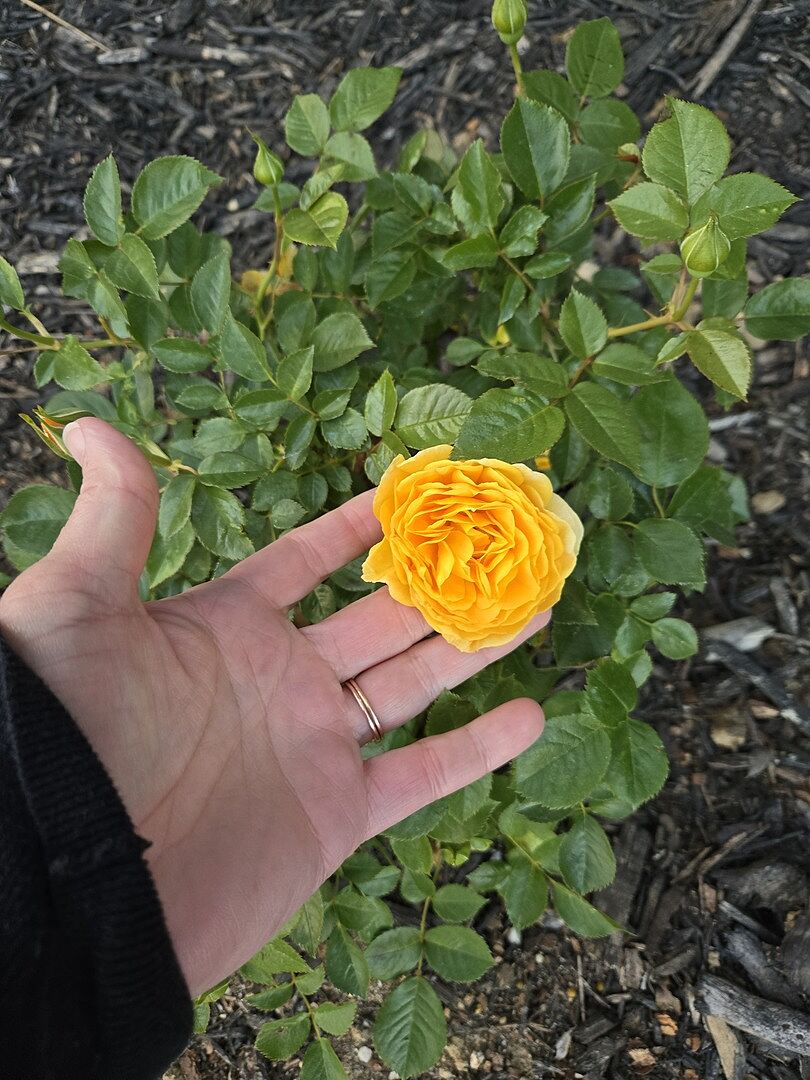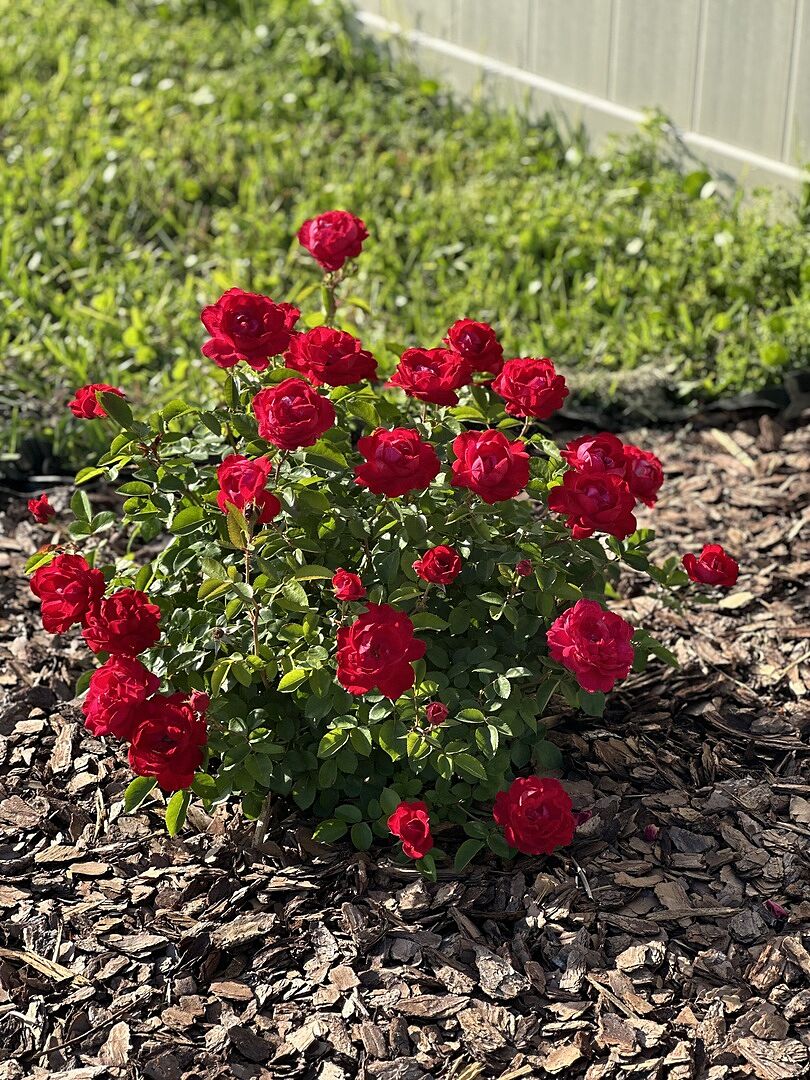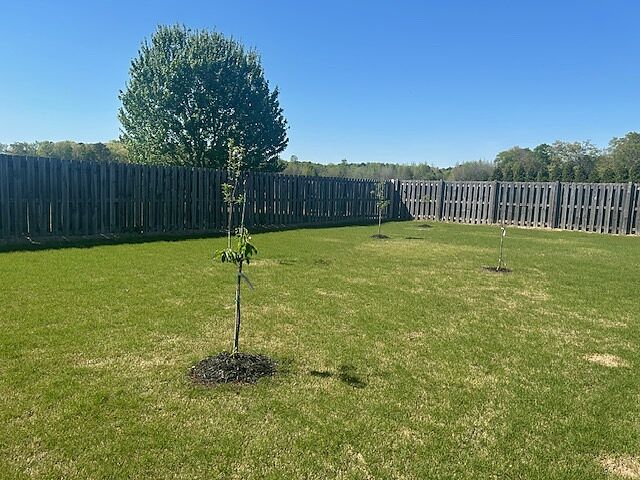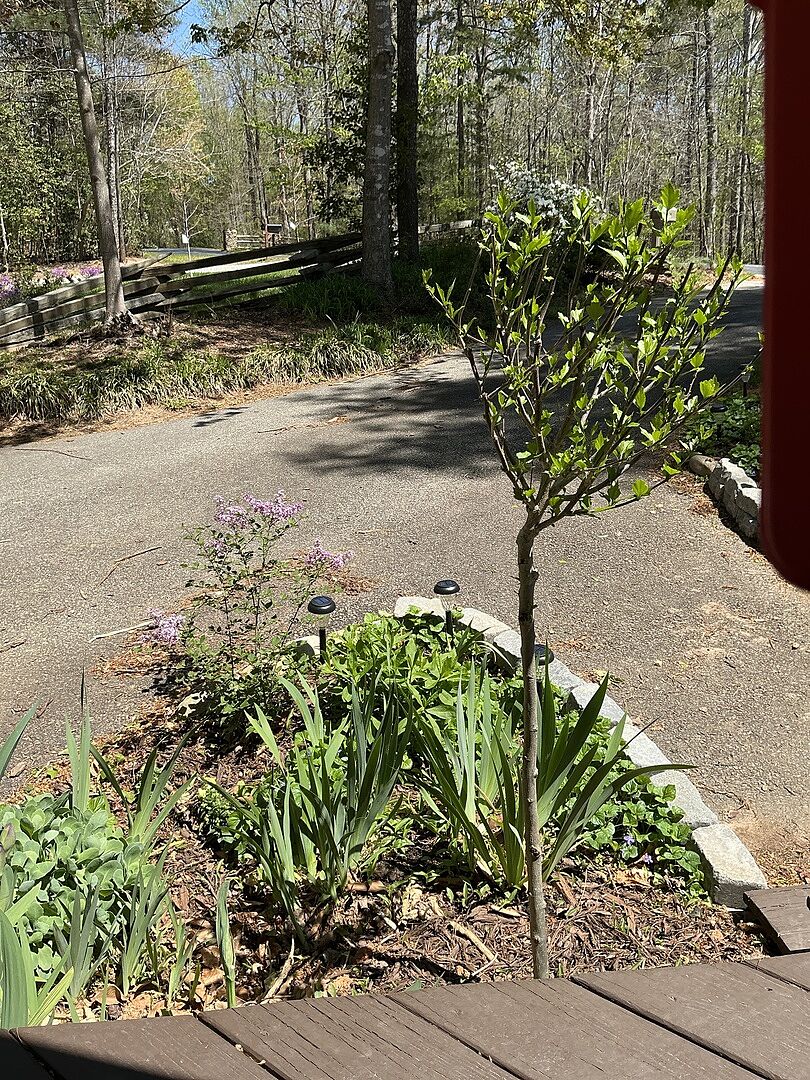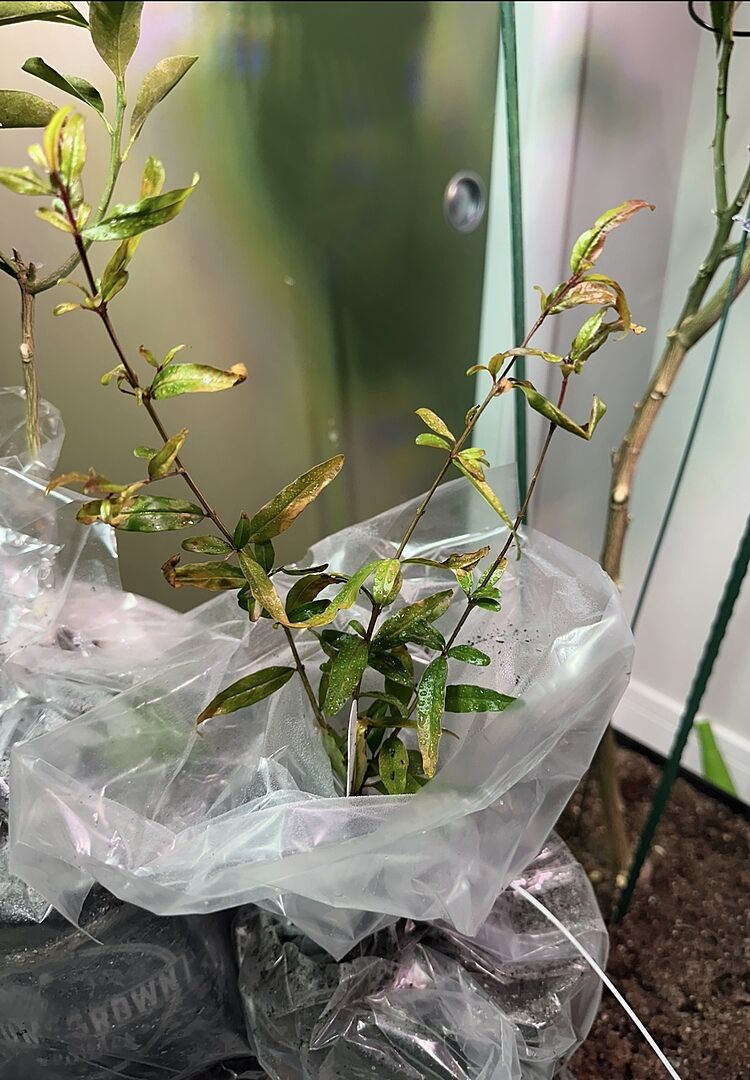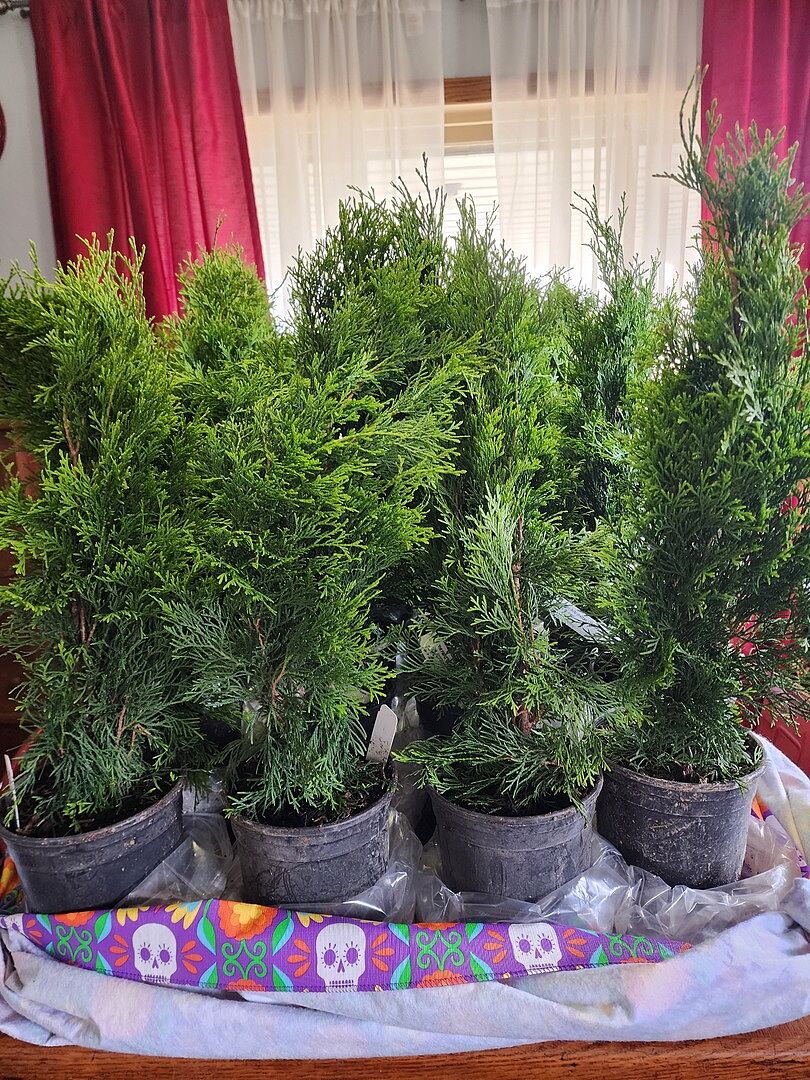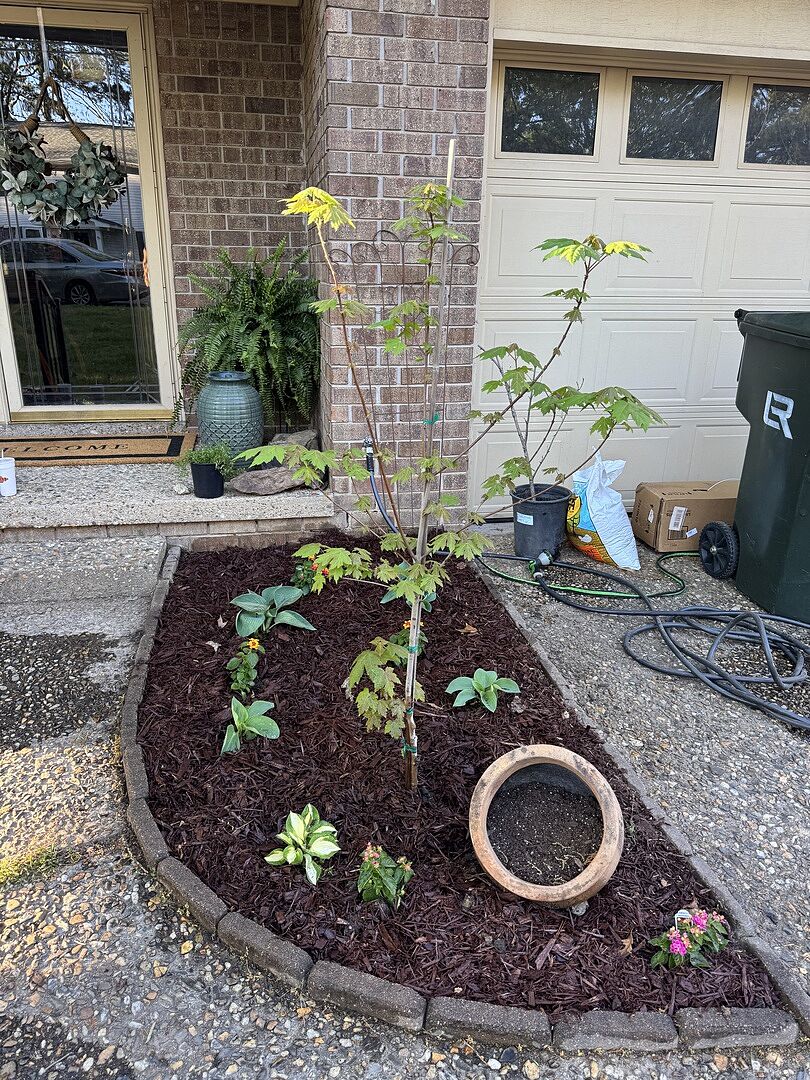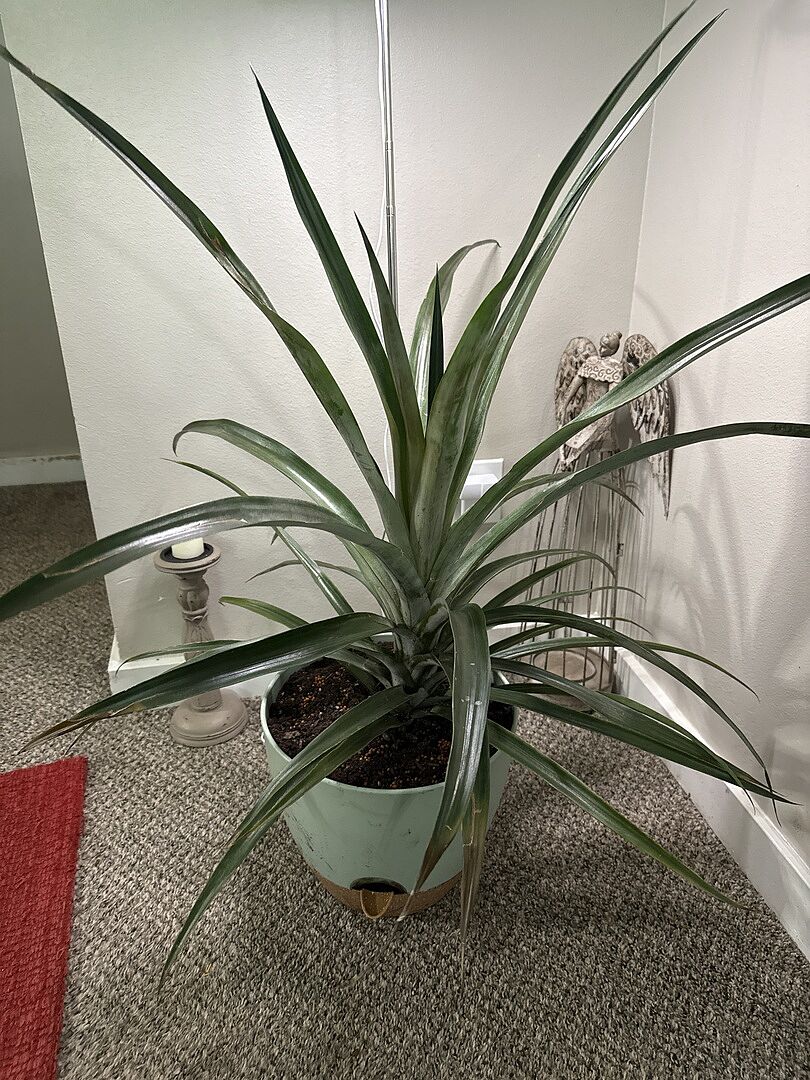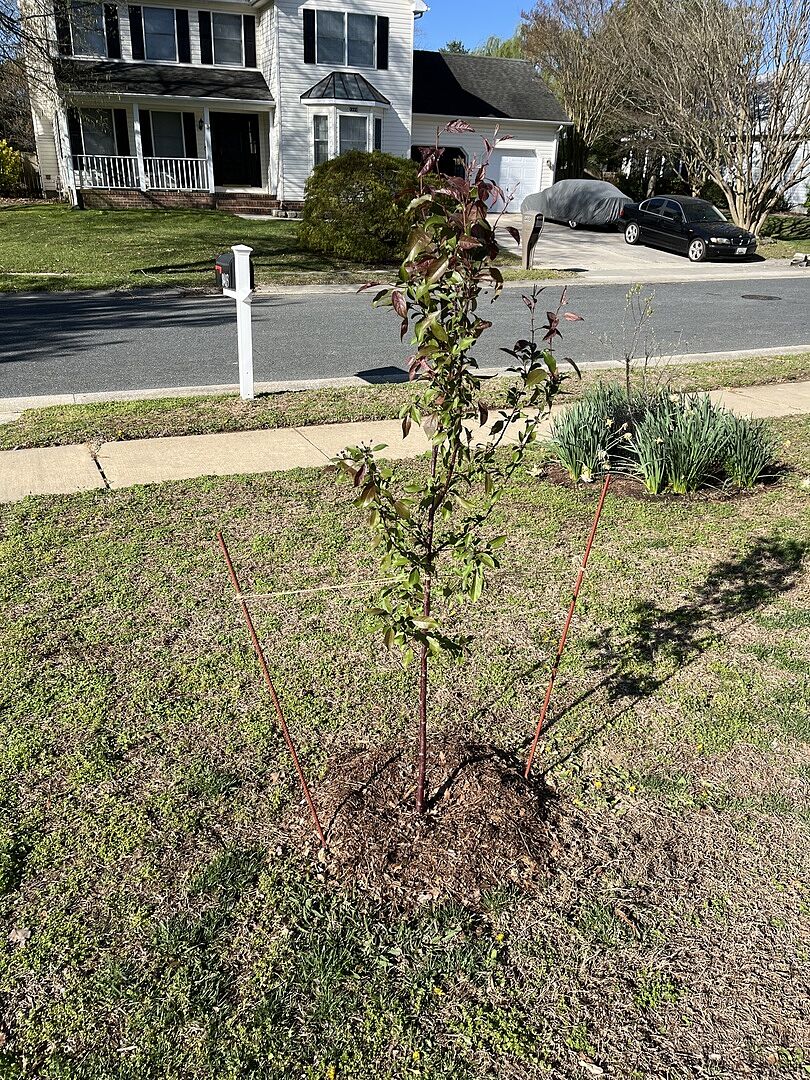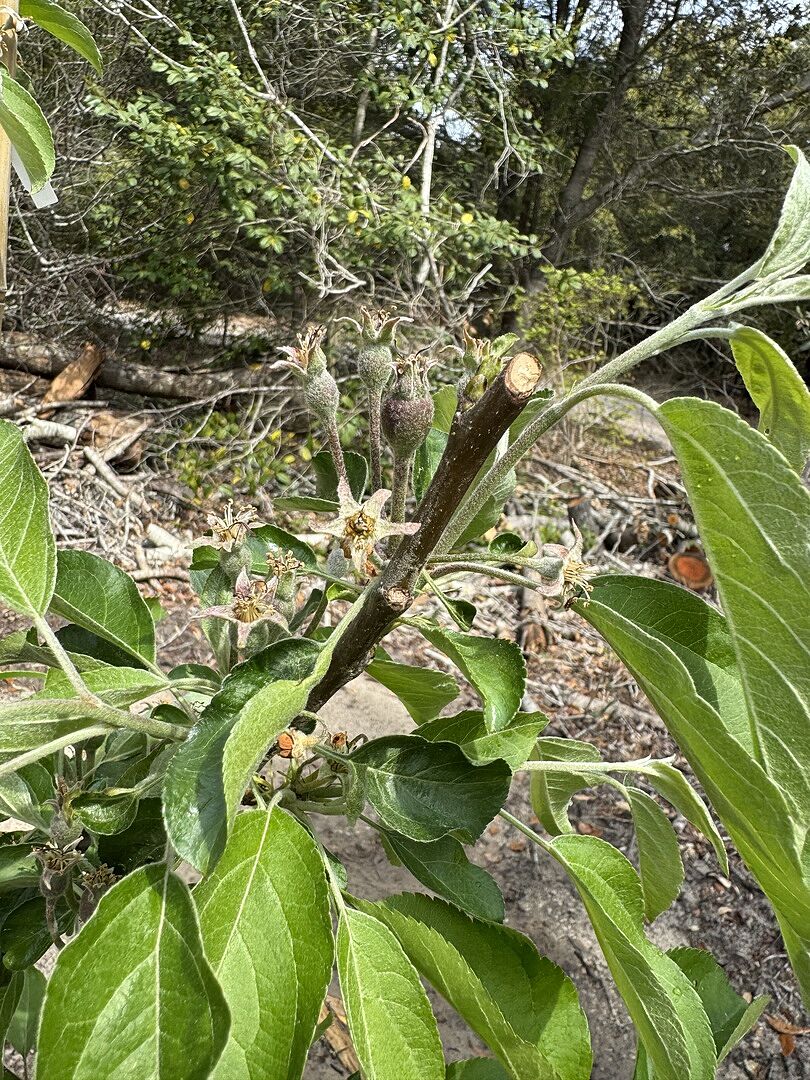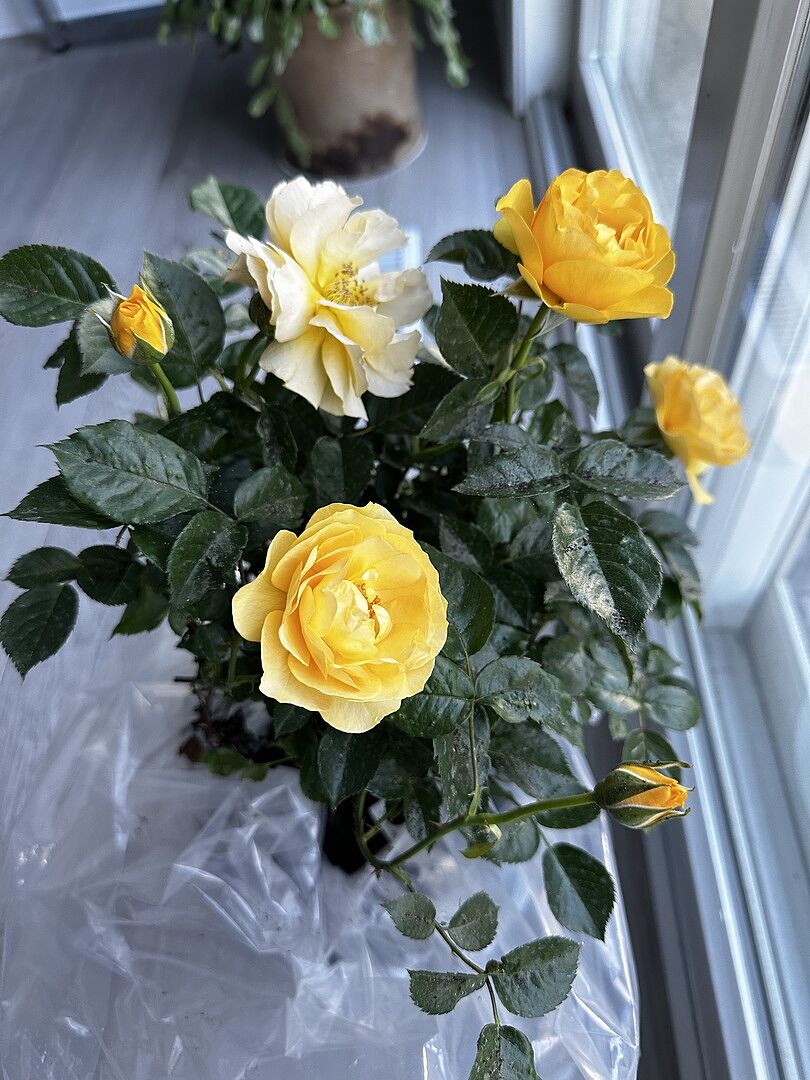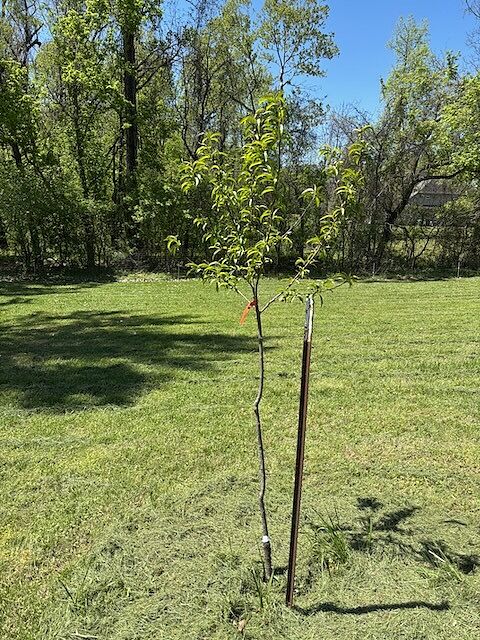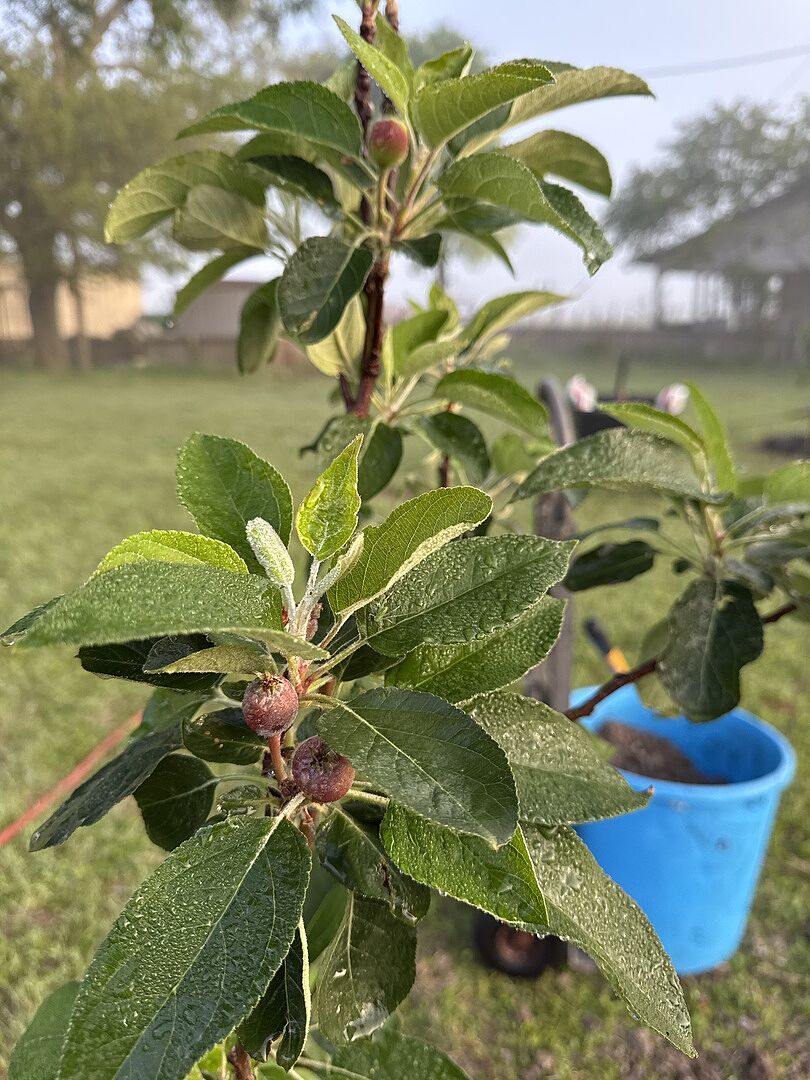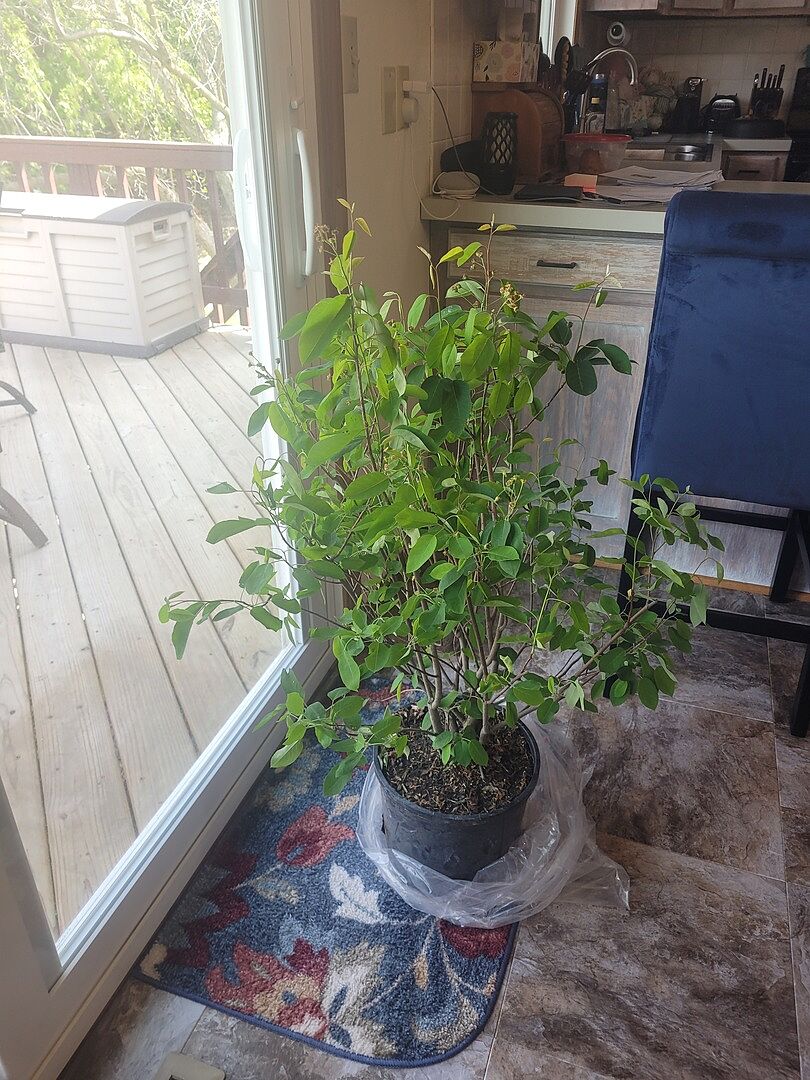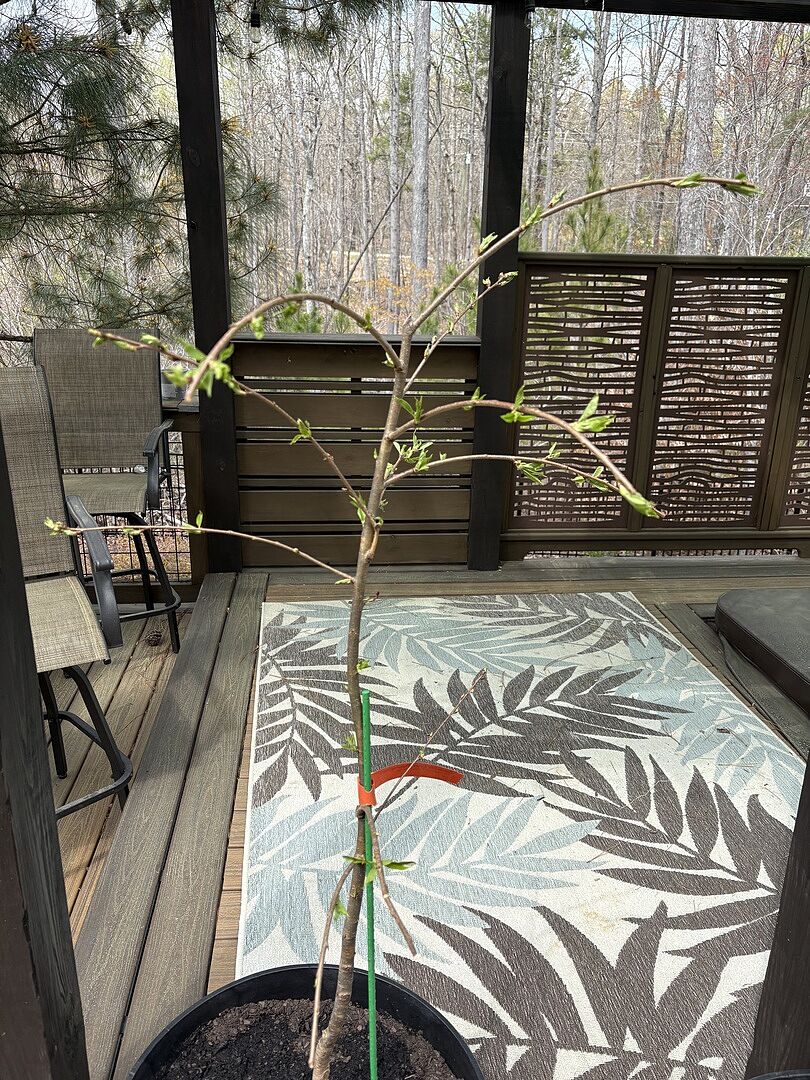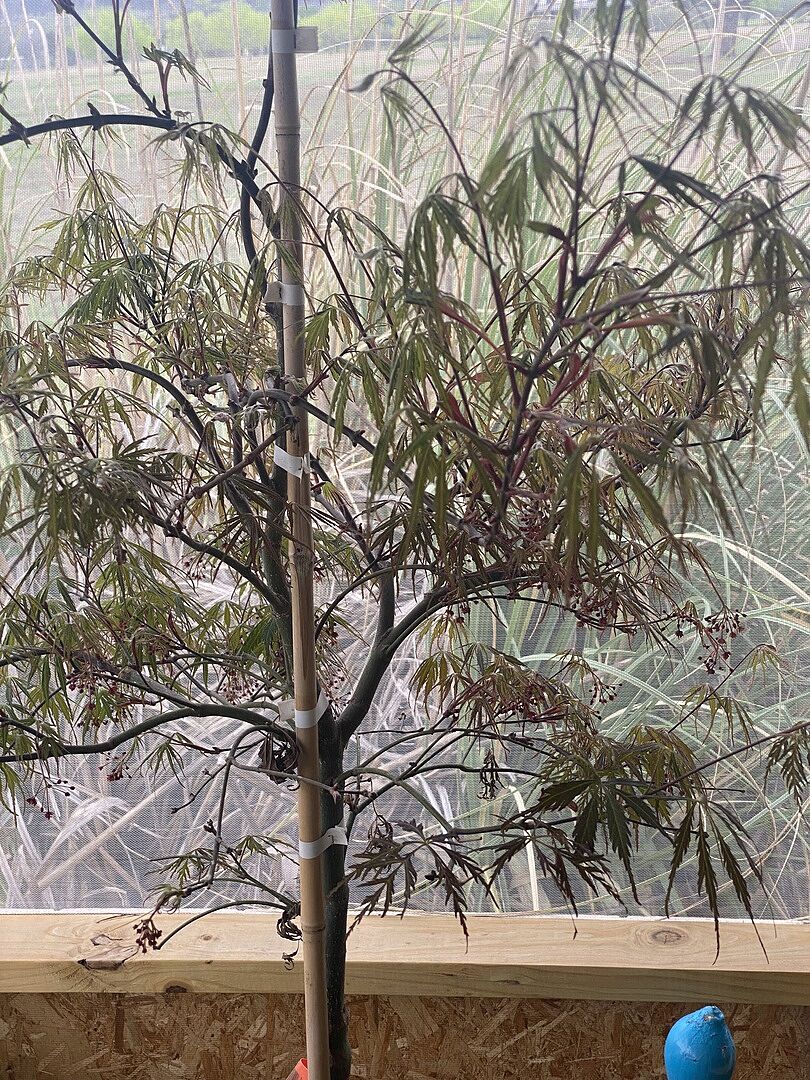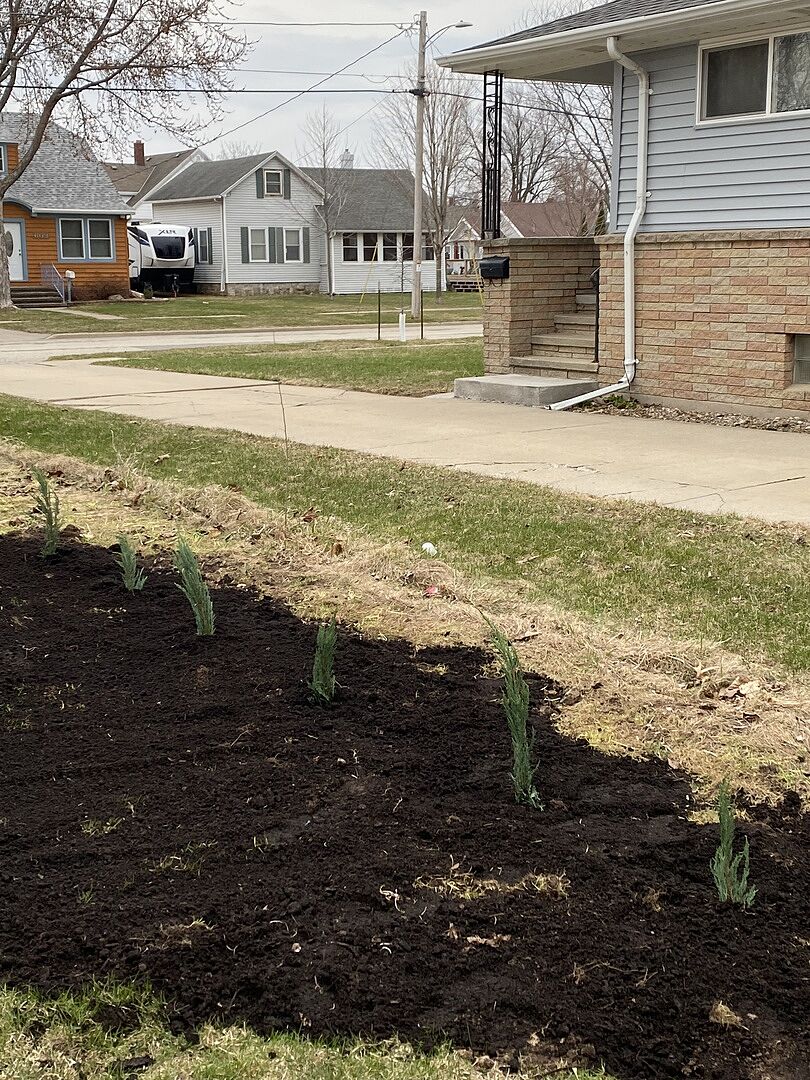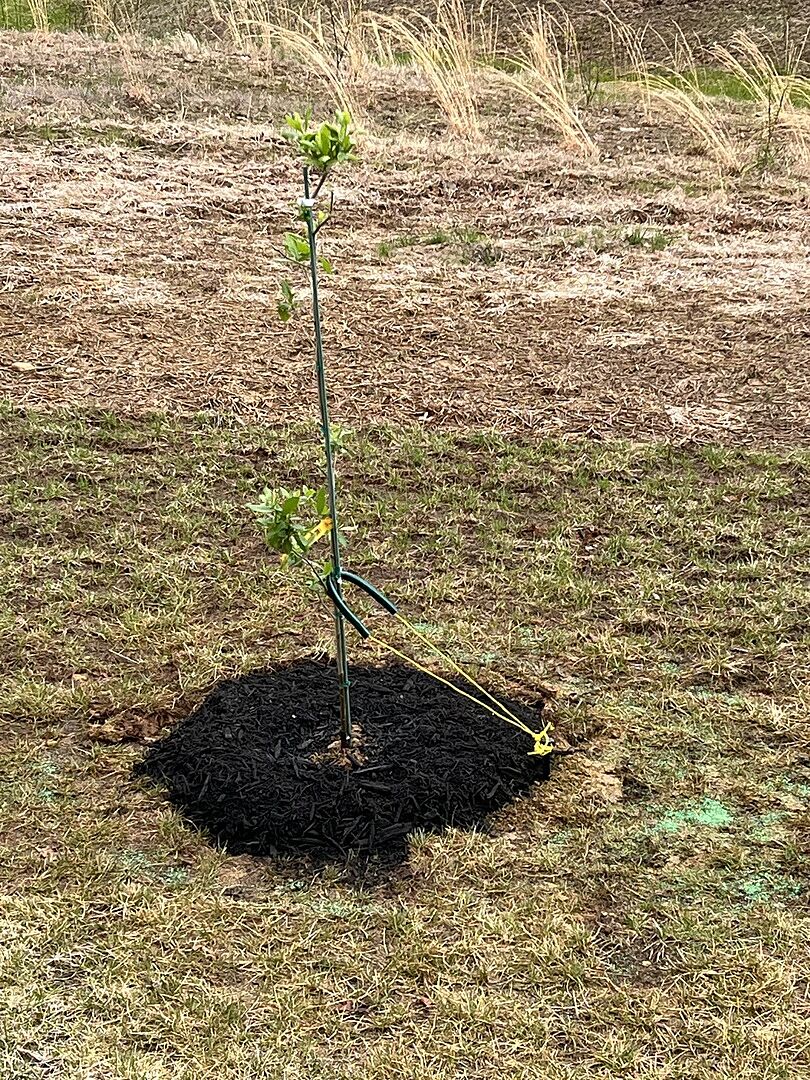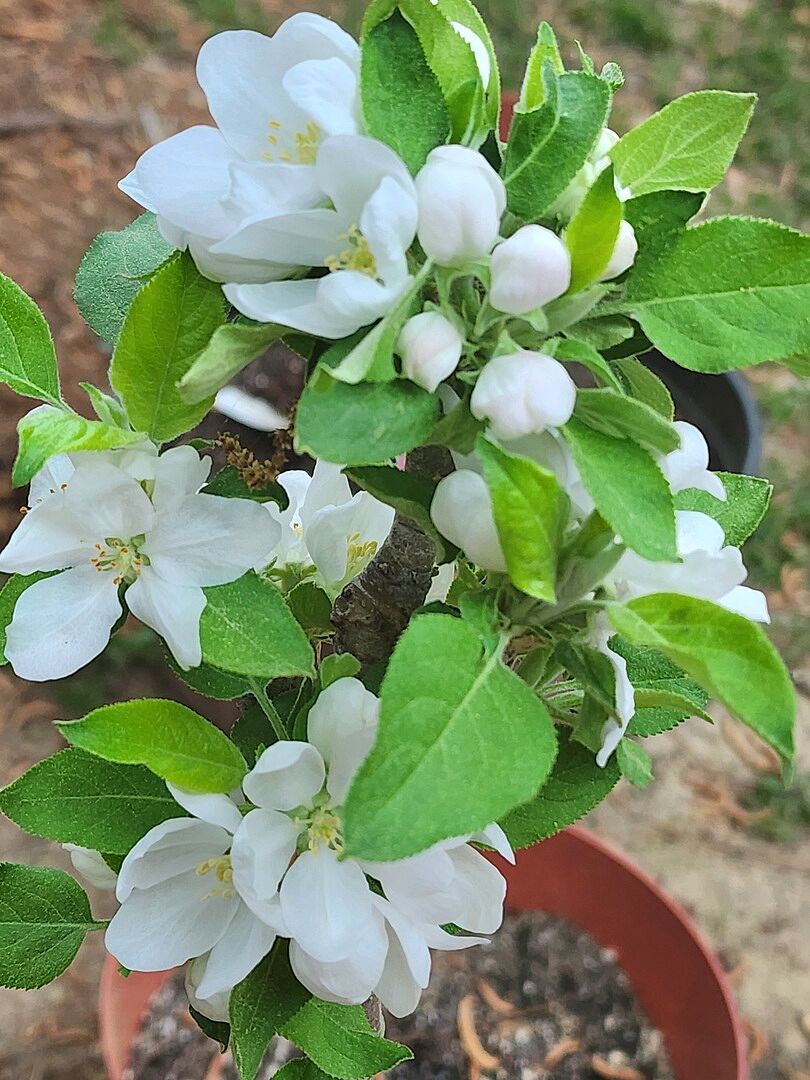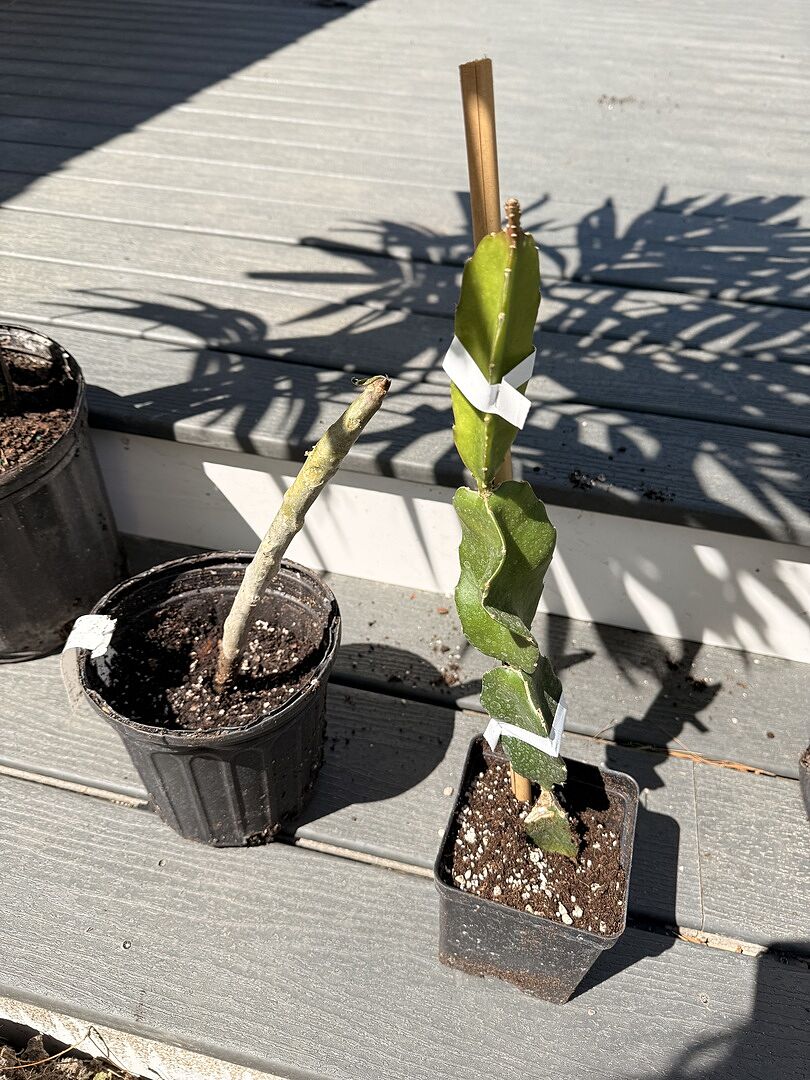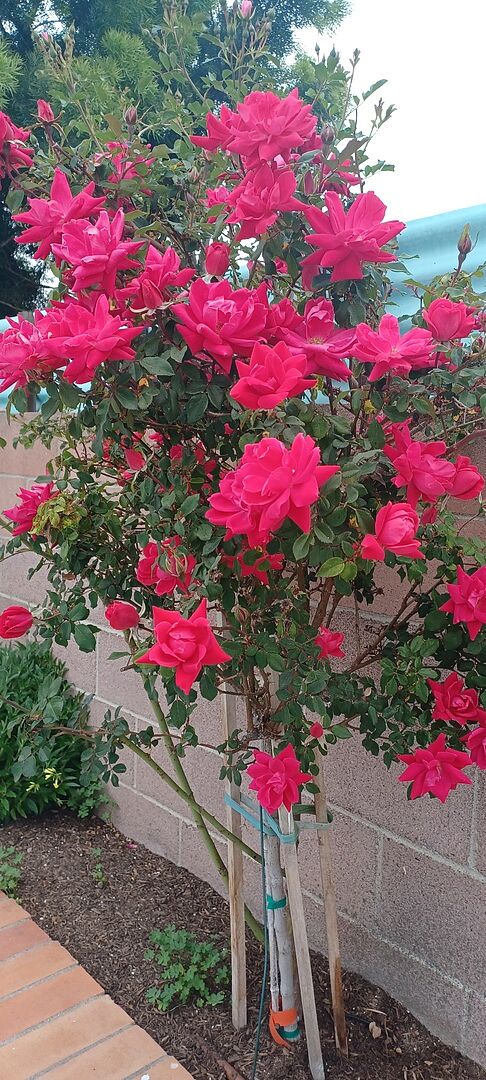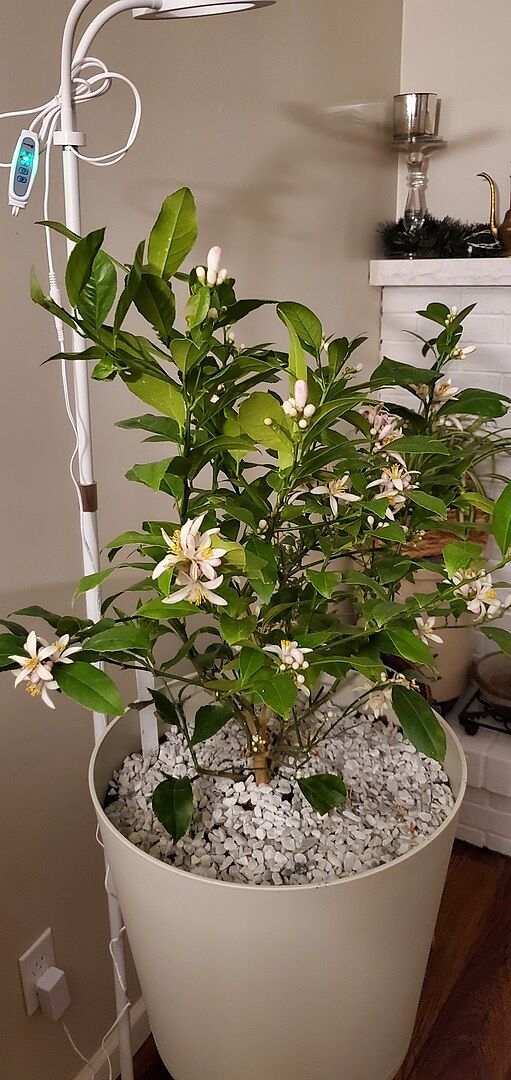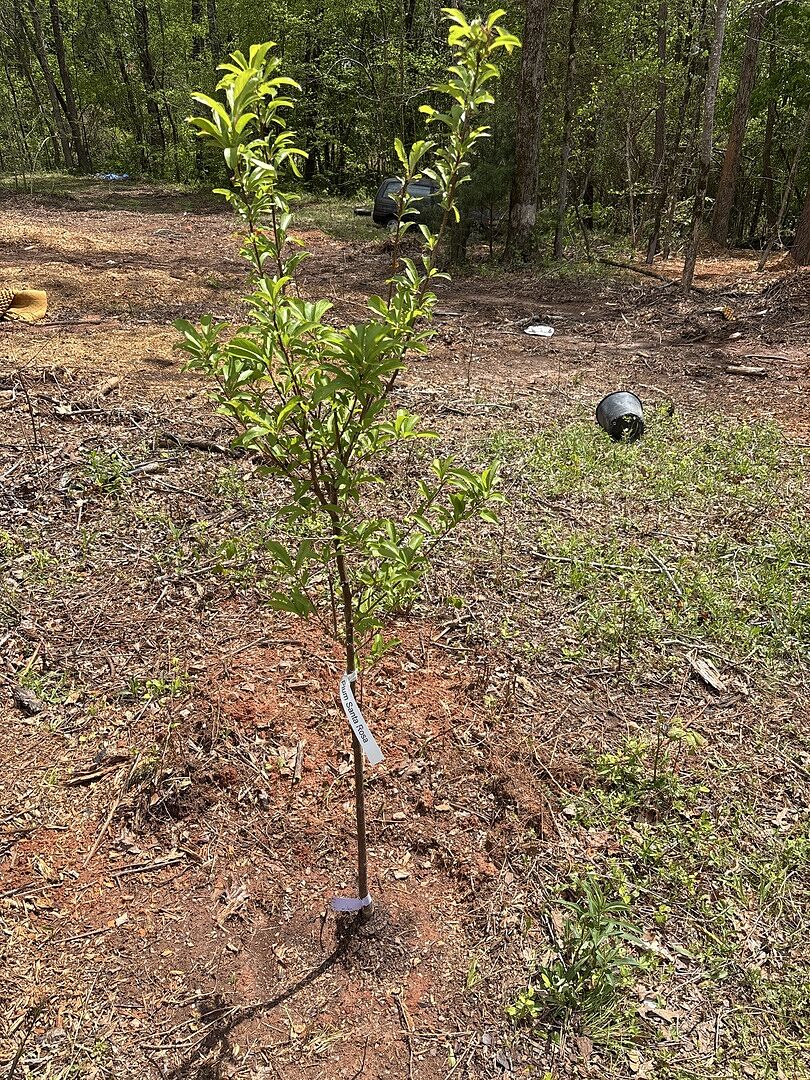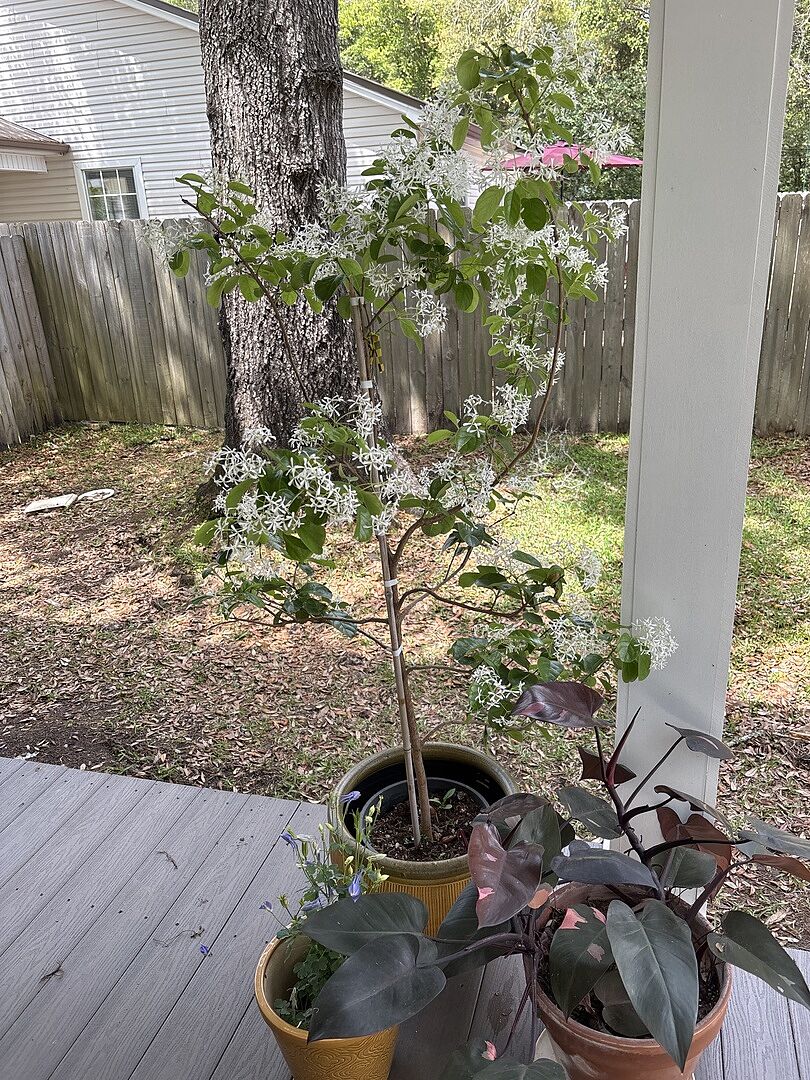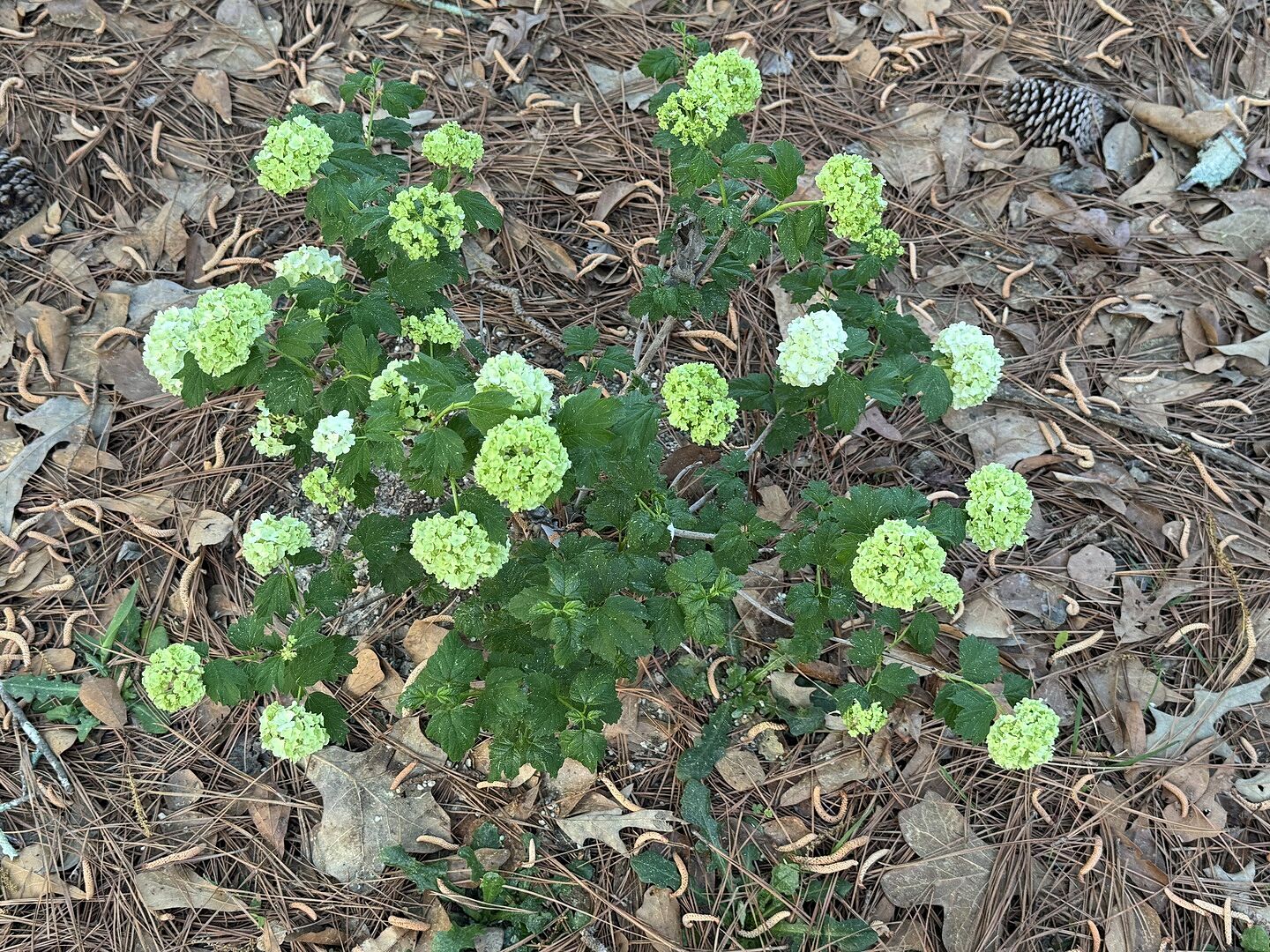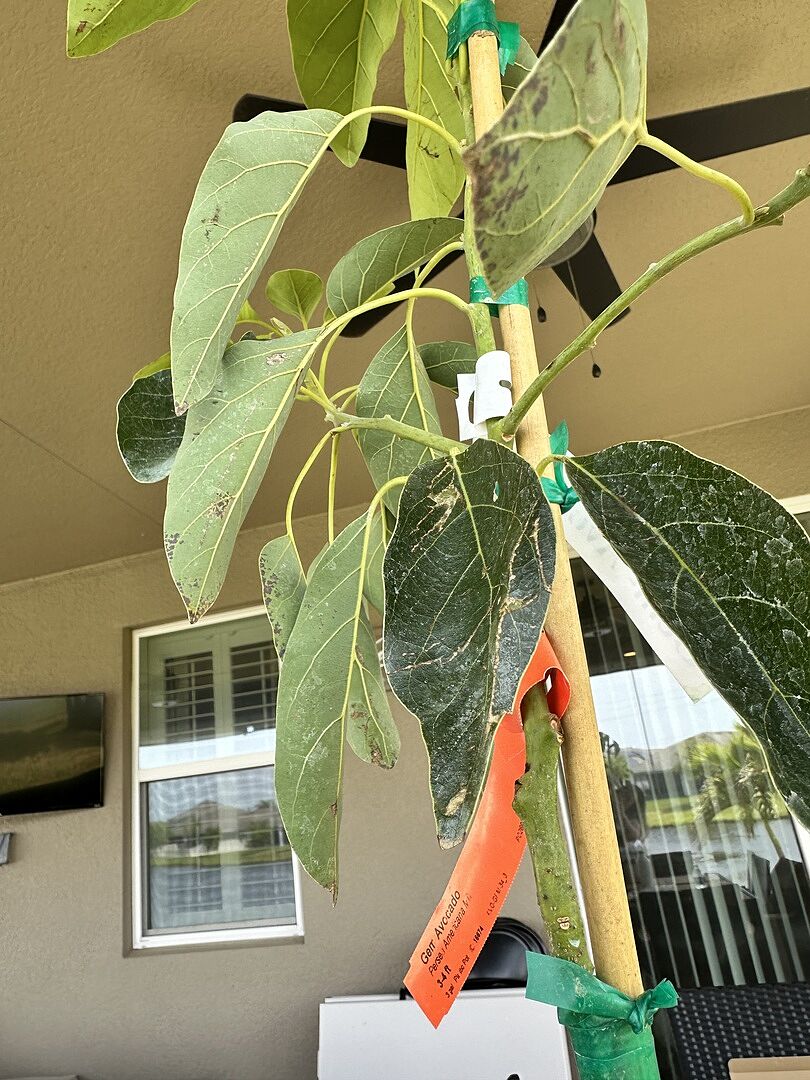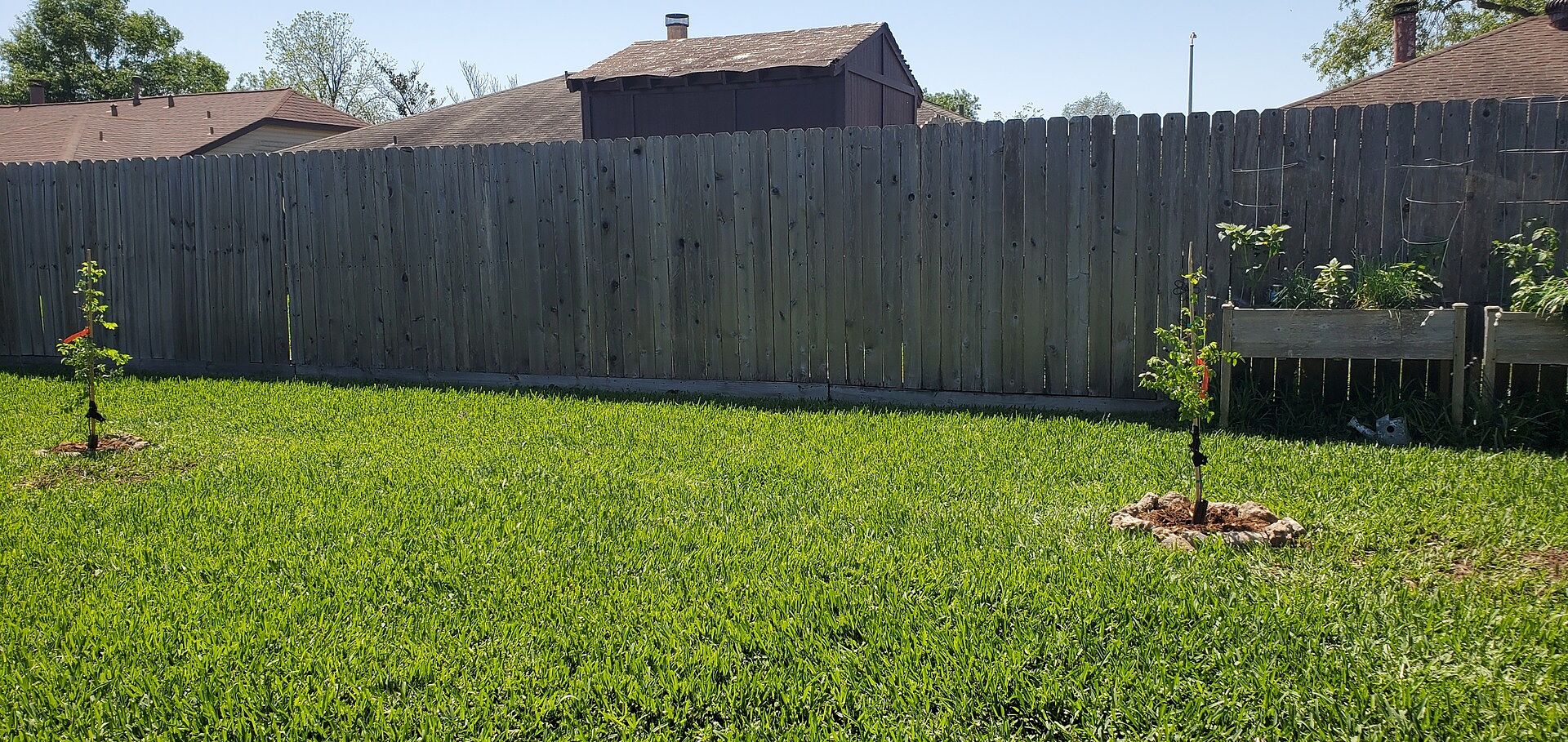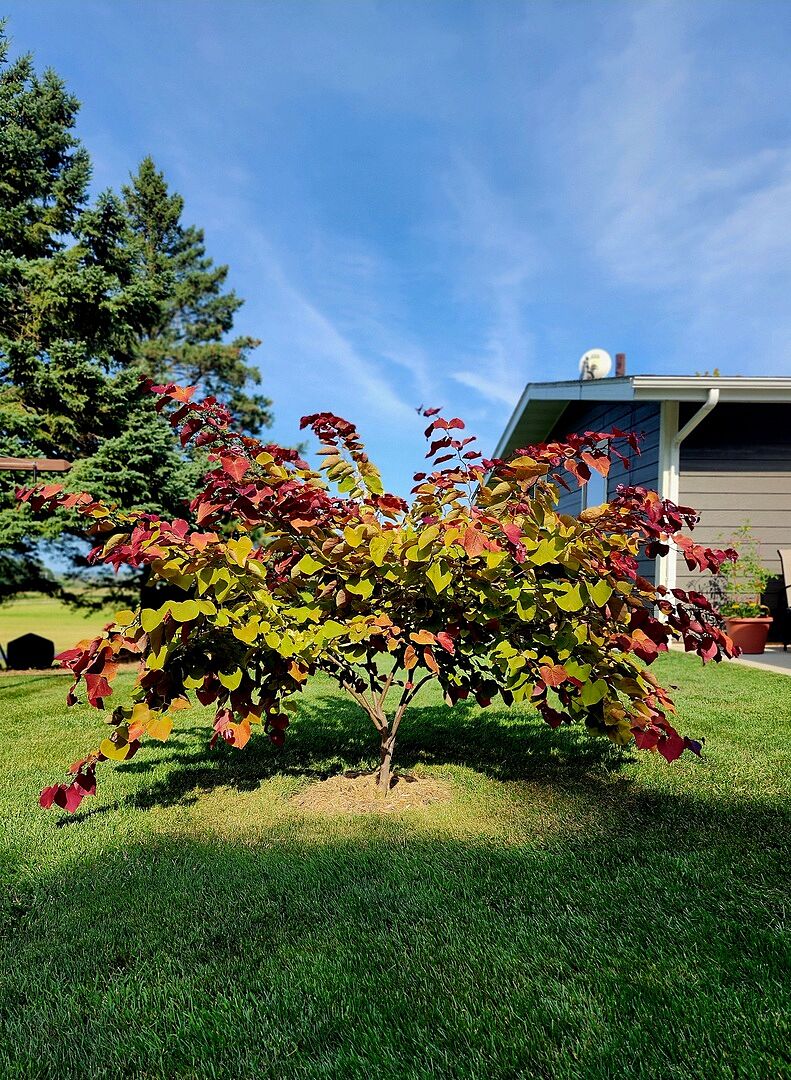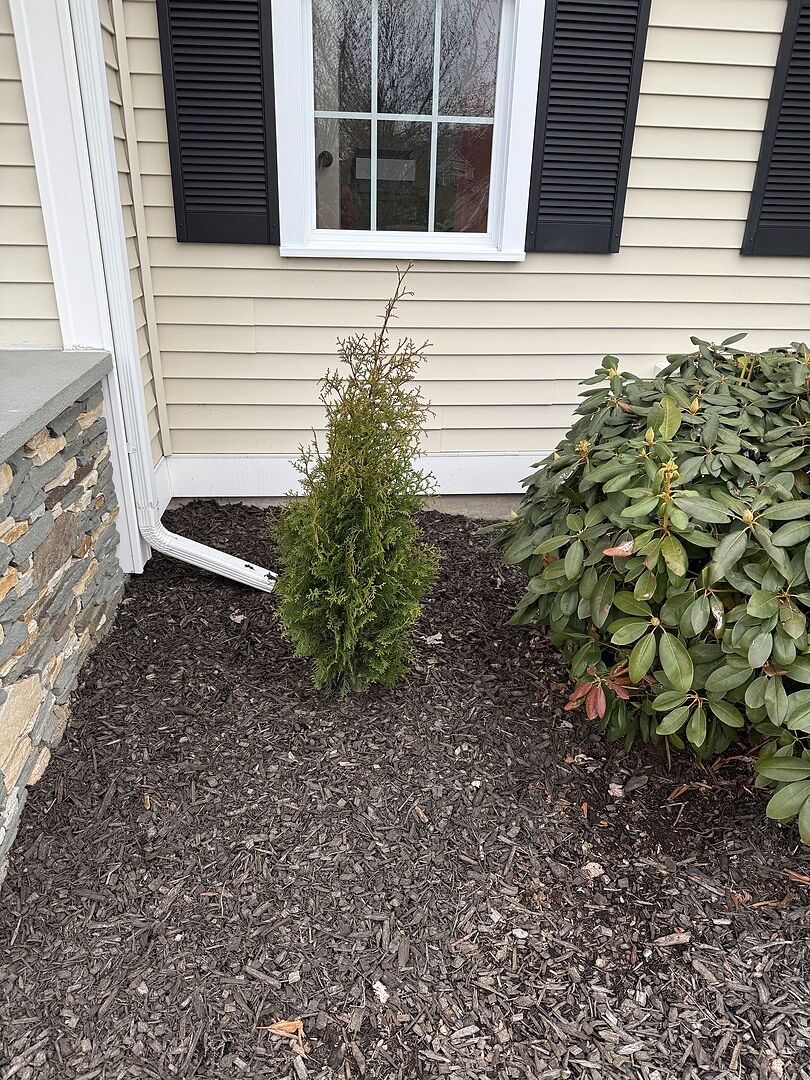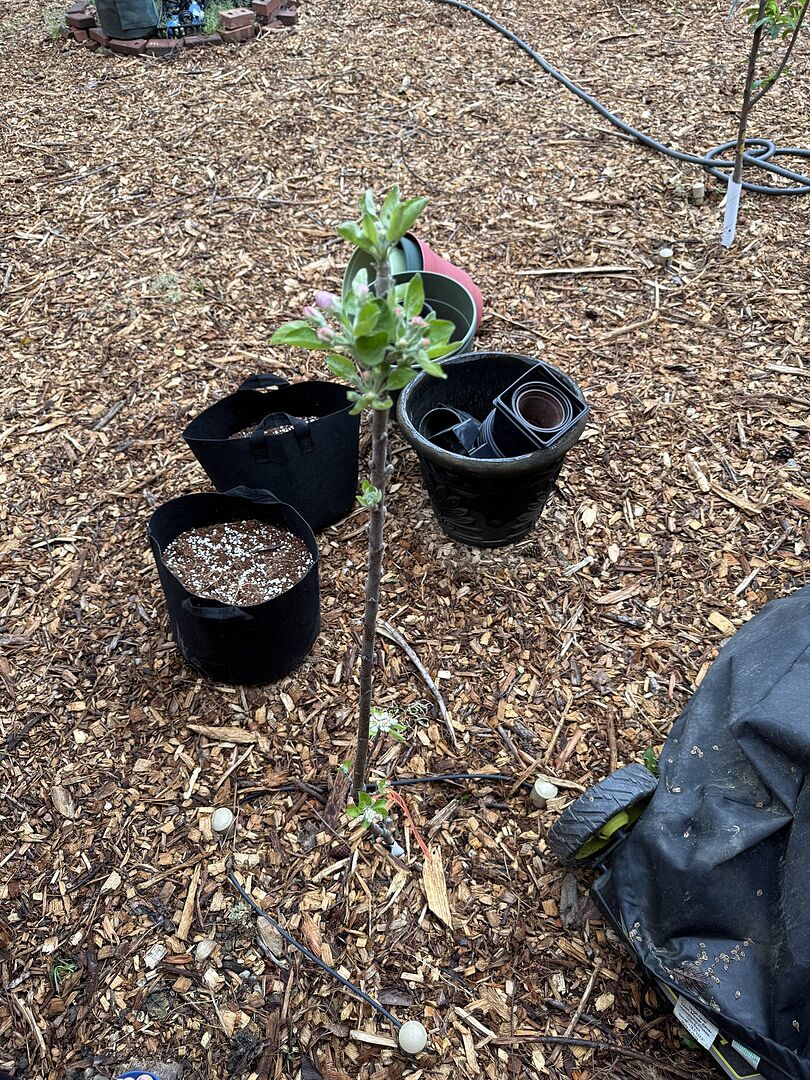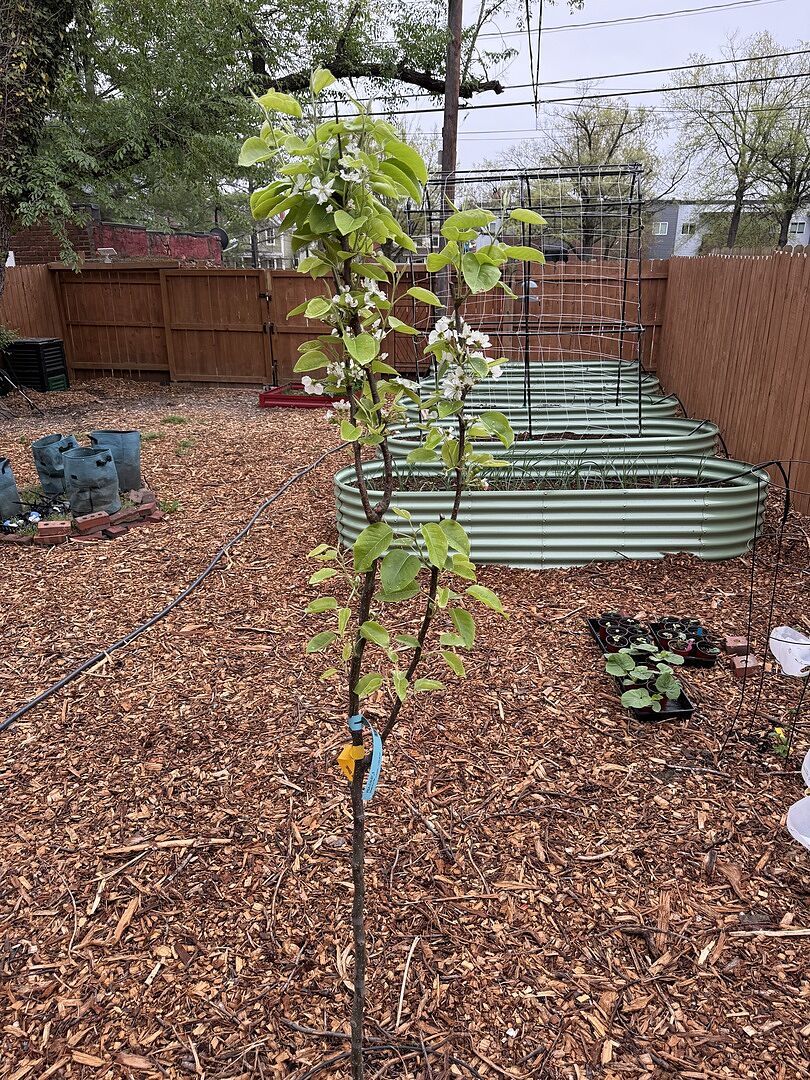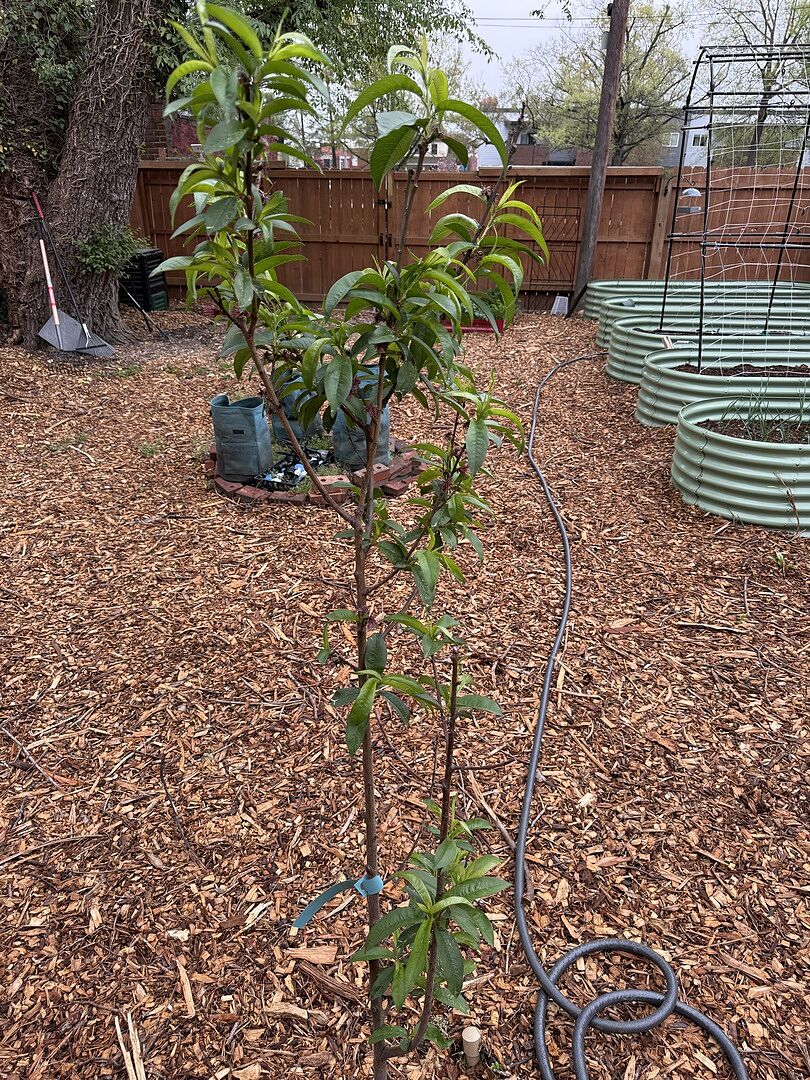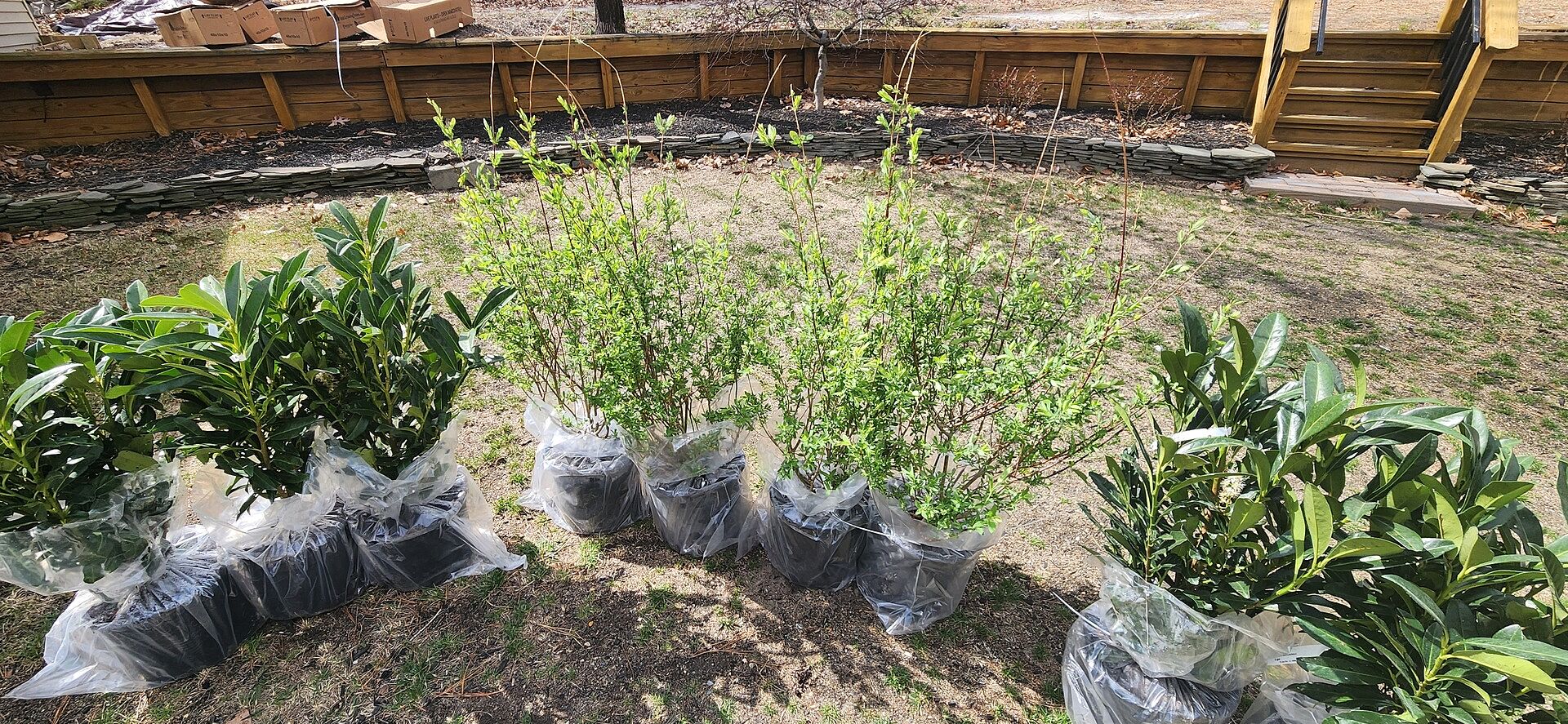Fall Planting Tips By Region

Last updated: Oct 05 2022

I think we can all agree that there’s something about fall that makes it so special, from Halloween festivities and the upcoming holiday season to the crisp air and apple picking. Fall means change–not just for you, but for your plants, as well.
As summer turns into autumn, plants notice the shortening of daylight mixed with the cooler temperatures, and they kick into gear. Deciduous trees and shrubs (plants that lose their leaves) start the important process of entering into dormancy. We visually see this as leaves turning colors and falling. Evergreens (plants that keep their leaves all year) won’t really change in appearance, but you might be surprised to learn that internally they’re preparing for the colder weather too.
So, don’t put away your gardening gloves just yet! Instead, switch gears from all the weeding and watering you did during the summer to help your plants transition to wintertime.

Gardening in the Fall
Gardening is a year-round task. When it comes to fall gardening, you’ll notice that it’s less about maintaining a plant’s looks and more about preparing for the season ahead, while taking advantage of the cooler temps.
You might notice that flowers stop blooming or that the last of your fruiting plants are ripening. Leaves might become spotted or torn after a long, hard summer season. This is normal and not a reason for concern!
As growth slows, so does energy production. After all, if you were going to lose all of your leaves in a few weeks, would you waste your energy on making a brand new one? Chances are, you wouldn’t because to do so would waste energy that could be better spent elsewhere. This is the mindset of plants, and it’s important to understand a plant’s point of view to best help.
Below are some of our dos and don'ts when it comes to fall, regardless of your location or type of plants.

Fall Dos
- Garden clean-up. All those flowers, fruits, and leaves can make quite a mess, and now that growth is starting to slowly get ahead of the game. Use a blower or a rake to clean up any piling leaf debris around the base of your plants.
- Goodbye old blooms. They had their moment and now is the time to let them go. Prune or deadhead the spent flowers that are lingering. Just like leaves, make sure they don’t pile up, creating clutter up the base.
- Planning and reflecting. Have an idea for spring or are considering landscaping? Now is the best time, while the weather is cooler, to map out and consider future garden plans. Keep a list of what did and didn’t work so you can revisit it in the spring.
Fall Don’ts
- Heavy fertilizer applications. A plant that’s not actively growing won’t need the same amount of nutrition that an actively growing plant needs. Start cutting back on the amount and frequency to save your money and fertilizer until spring starts up again.
- Over and under-watering. It might surprise you, but even when plants lose their leaves they still need water, just not as much. The trick is to not stop completely and to not overdo it. A good way to find that middle ground is to feel the soil a few inches down. The soil shouldn’t be soggy or overly dry. Watering at the roots provides even moisture in the absence of rain until your ground freezes.
- Ignore diseases or fungus issues. Just because the seasons are changing doesn’t mean that health issues will go away. In fact, higher rainfall and cooler temps in fall can lead to the worsening of these issues. Treat them as you would any time of the year.
Fall Tasks by Region
While there are universally helpful tasks for any garden, we know that not all gardens have the same seasonal timeline. Find your region below for a more specific list of what to do and when, so you can make your garden thrive.
If you live in the Northern US…
Your temperatures will start cooling off before other places, so start your fall preparations in September.
- Keep an eye on your potted plants. Move fragile plants inside before the temperature starts to reach below 50℉. For container plants that are cold and hardy in your area, move them to a more protected location near a wall and wrap the base of the pot to help insulate the roots.
- Younger trees need extra support (especially fruit trees). Make sure they’re staked, and wrap a breathable cover around them such as a frost blanket or breathable sheet. Don’t use a plastic tarp since this will suffocate your plant! There are many ways to do this depending on the tree's shape and size, so look around and check your local gardens for inspiration.
- During the winter, knock off snow and ice from branches to avoid unnecessary weight and possible breakage.
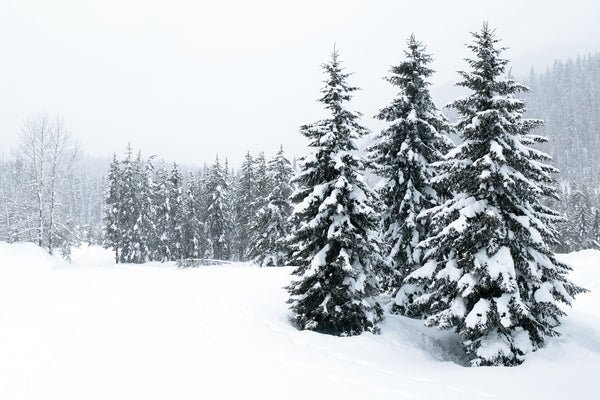
If you live in the South…
The winters may not be too cold here, but watch out for other seasonal changes and take action starting in late October to November.
- Use that leaf mulch by incorporating it with your lawn or to protect more sensitive plants and keep them warm. Do this by mowing your lawn with a light layer of leaves or mixing shredded leaves and grass clippings together as a cover for annual planting beds and around the base of plants.
- Keep an eye out for fungal and pest issues. As the seasons change you might experience higher moisture levels, less sun, and more places for pests and fungal issues to hide in leaf litter. If you notice a tree is having fungal issues, make sure to rake and dispose of the leaves instead of keeping them around.
- Plant now! Yes, you can still plant and it's actually the perfect time to add to your landscape. The warm soil and cooler air with increased rain is the perfect combo for an establishing plant. Make last minute additions to your yard now, so that by spring you’ll have a well-established plant!

If you live in the Midwest…
It can get cold and quick! Start preparing your lawn in mid to late October before winter catches up to you.
- Winds in the wintertime can be extra harsh without the leaves to slow it down or break things up. Create a wind barrier with materials you have to protect your evergreens, especially those just established.
- Apply a fresh layer of mulch around the base of your plants to help insulate them and stop water evaporation. Your mulch should be around 3 inches deep and not touch the base of the trunk.
- Container plants will need some extra attention as the temperature gets cold. For containers and plants that can stay outside, wrap a tarp or other layer around the base to protect the roots from freezing. Cover the top of the plant, as well, with a frost blanket or other breathable cover. If your plants are too sensitive to cold, plan to bring them indoors.

If you live on the West Coast...
Get ready for some rain! Winter is your rainy season, so depending on where exactly you are, this is as close to snow as you’ll get.
- Keep an eye on your weather to catch surprise frosts before they can damage plants. Protect sensitive plants with a frost cloth or breathable cloth.
- Gradually introduce water to plants that went dormant due to drought conditions by watering a little at a time and building up.
- Don't over-water. As the rainfall comes, you’ll need to adjust your watering schedule from summer. Make sure plants aren’t sitting in soggy soil by feeling a few inches down.

Finish your year strong with a garden that’s ready for winter. Remember that you don’t have to do everything listed in this guide, just what makes sense for your space. Gardening is a year-round task that changes depending on what’s planted and where you’re located.
If you’re still struggling with what needs to be done, follow two simple rules of fall gardening. The first rule is to keep your garden neat and tidy by preventing heavy leaf buildup and weeds. The second rule is to adjust your watering schedule and keep going until your soil freezes over. With these two basic rules in mind you can help nature prepare for the winter ahead!
For more helpful fall garden tips & recommendations, check out the resources below!

Written by
Meredith Gaines
Meredith's love for plants started at a young age, and only grew when she started working in the Desert Exhibit at the South Carolina Botanical Gardens and the Historic Filoli Estate in the Bay Area. After graduating from Clemson University (GO TIGERS!) with a degree in Biology and Horticulture, she found her niche in the FastGrowingTrees.com family as a horticulturist and has grown in her current role as Senior Plant Expert.
She currently resides in her hometown of Charlotte, North Carolina, and enjoys spending any time she can outdoors. She learns new things about plants every day and loves sharing her plant knowledge and tips with those around her. Her favorite plant is constantly changing, but her long-time favorites are peonies, oak trees, and ferns.
Featured Product

Russian Sage
18 reviewsStarting at $41.95













